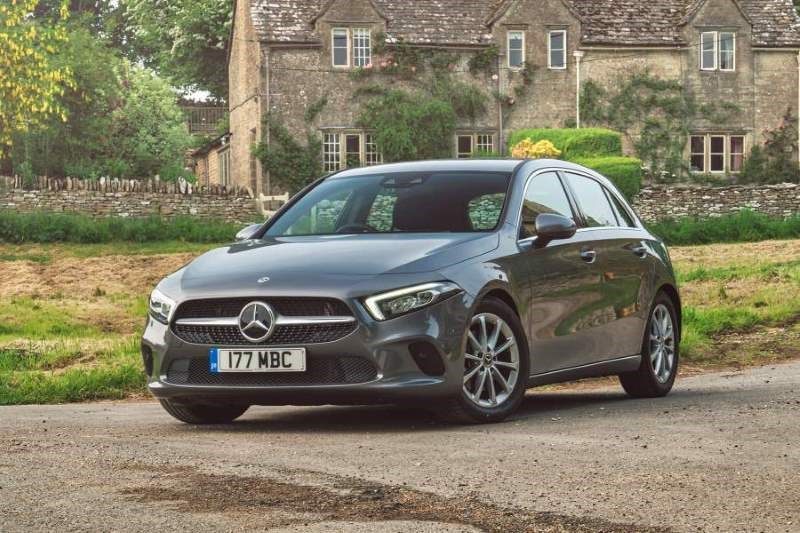Company car advice
Parkers guide to company cars: news and advice to help you choose your next business car whether you’re a fleet driver or a user chooser.
Keep up with the latest news below, plus we help you choose which particular model is best below.
To work out the company car tax on any current model, use our company car tax calculator.
Latest articles
-
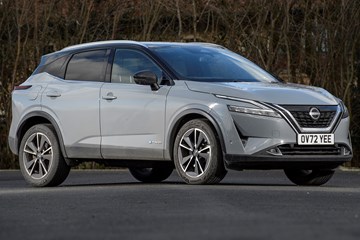 What is BIK tax? Company car tax, benefit in kind explainedBIK stands for Benefit-in-Kind and refers to any non-monetary benefit you get from employment at a company. In our world it’s almost always used in reference to company car tax,...
What is BIK tax? Company car tax, benefit in kind explainedBIK stands for Benefit-in-Kind and refers to any non-monetary benefit you get from employment at a company. In our world it’s almost always used in reference to company car tax,... -
 P11D value explainedIf you’re driving a company car, understanding its P11D value is crucial. This figure, used by HMRC to calculate your company car tax, reflects the car’s price and any extras...
P11D value explainedIf you’re driving a company car, understanding its P11D value is crucial. This figure, used by HMRC to calculate your company car tax, reflects the car’s price and any extras... -
-
 AFRs: current advisory fuel rates from 1 December 2024The Government has announced the latest Advisory Fuel Rates (AFRs), which take effect from 1 December 2024 and are in place until 28 February. The rates have come down even...
AFRs: current advisory fuel rates from 1 December 2024The Government has announced the latest Advisory Fuel Rates (AFRs), which take effect from 1 December 2024 and are in place until 28 February. The rates have come down even... -
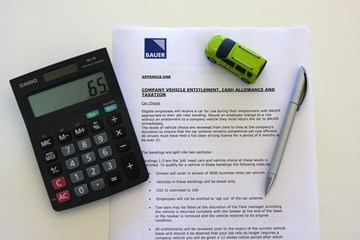 Company car tax guideCompany car tax, or benefit-in-kind (BIK) tax, applies to anyone that is entitled to personal use of a company vehicle. In most cases this is likely to be a company...
Company car tax guideCompany car tax, or benefit-in-kind (BIK) tax, applies to anyone that is entitled to personal use of a company vehicle. In most cases this is likely to be a company... -
 £200 and six points for using your mobile phone while drivingDrivers caught using their handheld mobile phone while in control of their vehicle face tough fines, more points and a potential ban from driving. Transport Secretary Chris Grayling announced the new...
£200 and six points for using your mobile phone while drivingDrivers caught using their handheld mobile phone while in control of their vehicle face tough fines, more points and a potential ban from driving. Transport Secretary Chris Grayling announced the new... -
-
 Taking your company car abroad? Make sure you have the right documentsA company car may be yours to take abroad on holiday, but you must remember to source and carry the necessary documents before taking the vehicle out of the country. This...
Taking your company car abroad? Make sure you have the right documentsA company car may be yours to take abroad on holiday, but you must remember to source and carry the necessary documents before taking the vehicle out of the country. This... -
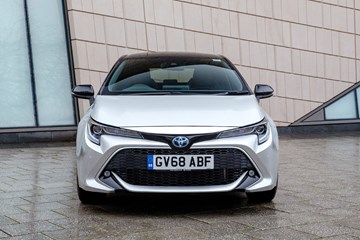 No diesel here: Toyota Corolla returns with more hybrid options than everRemember the Toyota Corolla? It’s one of the oldest names in the industry and, after a brief sabbatical, it’s back. Serving to replace the outgoing Auris, the headline...
No diesel here: Toyota Corolla returns with more hybrid options than everRemember the Toyota Corolla? It’s one of the oldest names in the industry and, after a brief sabbatical, it’s back. Serving to replace the outgoing Auris, the headline... -
-
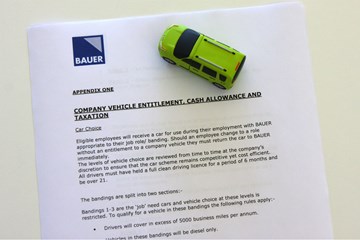 Will WLTP affect your company car choice?The introduction of the more stringent WLTP test for new vehicles appears to be a positive move by the EU, providing drivers with a more representative figure in fuel efficiency...
Will WLTP affect your company car choice?The introduction of the more stringent WLTP test for new vehicles appears to be a positive move by the EU, providing drivers with a more representative figure in fuel efficiency... -
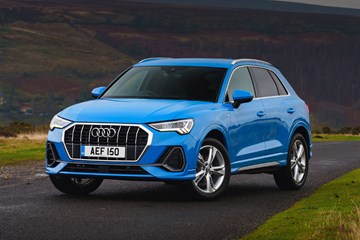 The Audi Q3 as a company car: costs, engines and specsThe second-generation Audi Q3 compact SUV arrived at the end of 2018, with technological advancement the crux of the brief. Along with the Audi Q8, this second-generation Q3 is packed to...
The Audi Q3 as a company car: costs, engines and specsThe second-generation Audi Q3 compact SUV arrived at the end of 2018, with technological advancement the crux of the brief. Along with the Audi Q8, this second-generation Q3 is packed to... -
 Ford Mondeo 2019: revised looks and greater hybrid appealAfter our Deputy Editor spotted one in the wild on UK roads last summer, Ford has confirmed details for the refreshed Mondeo in 2019. We already had an inkling a facelift...
Ford Mondeo 2019: revised looks and greater hybrid appealAfter our Deputy Editor spotted one in the wild on UK roads last summer, Ford has confirmed details for the refreshed Mondeo in 2019. We already had an inkling a facelift... -
-
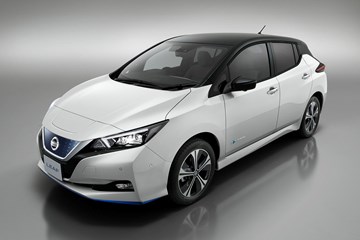 Amp-leaf-ied appeal: Nissan upgrades its small electric carTo keep the Nissan Leaf up to date, the firm has added two flagship models to it small electric vehicle range for 2019, badged 3.ZERO and 3.ZERO E+. Battery boost for...
Amp-leaf-ied appeal: Nissan upgrades its small electric carTo keep the Nissan Leaf up to date, the firm has added two flagship models to it small electric vehicle range for 2019, badged 3.ZERO and 3.ZERO E+. Battery boost for... -
 Optima prime: How this Kia could shape up as a company carKia expanded its company car driver-friendly Optima range in 2016 with two plug-in hybrid models, attempting to resonate with fleet managers and the drivers who’d run them. You can choose between the saloon...
Optima prime: How this Kia could shape up as a company carKia expanded its company car driver-friendly Optima range in 2016 with two plug-in hybrid models, attempting to resonate with fleet managers and the drivers who’d run them. You can choose between the saloon... -
-
 MINI Clubman City appeals to fleet drivers with 109g/kmThe MINI Clubman City is now on sale with company car drivers in mind, offering affordable running costs and additional kit for those who spend more of their time on...
MINI Clubman City appeals to fleet drivers with 109g/kmThe MINI Clubman City is now on sale with company car drivers in mind, offering affordable running costs and additional kit for those who spend more of their time on... -
 Hybrid power for Honda CR-V means 120g/km CO2 emissionsMaking its debut in the mid-sized CR-V range, the first ever hybrid SUV from Honda is due to arrive in UK dealerships in February 2019. Powered by a 2.0-litre petrol engine...
Hybrid power for Honda CR-V means 120g/km CO2 emissionsMaking its debut in the mid-sized CR-V range, the first ever hybrid SUV from Honda is due to arrive in UK dealerships in February 2019. Powered by a 2.0-litre petrol engine... -
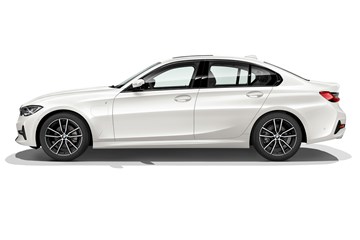 BMW 330e: plug-in power for 2019's new 3 SeriesBMW has announced an all-new 330e plug-in hybrid saloon will join its lineup in July 2019. In its previous iteration, this version of the 3 Series proved incredibly popular with...
BMW 330e: plug-in power for 2019's new 3 SeriesBMW has announced an all-new 330e plug-in hybrid saloon will join its lineup in July 2019. In its previous iteration, this version of the 3 Series proved incredibly popular with... -
-
 Great British BIK Off: seven-seat SUVsFor family buyers looking to combine space, style and value for money, practical SUVs appear to offer the best combination of traits. With an ever-growing number of them seen on the...
Great British BIK Off: seven-seat SUVsFor family buyers looking to combine space, style and value for money, practical SUVs appear to offer the best combination of traits. With an ever-growing number of them seen on the... -
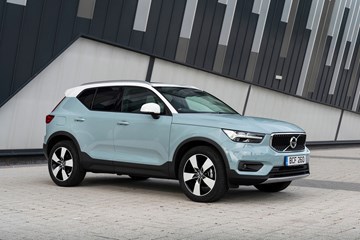 Smaller three-cylinder engine for Volvo’s baby SUVThe Volvo XC40 range has now expanded to include two extra petrol engines and an additional diesel, all of which are available to order now across the range. Serving the largest...
Smaller three-cylinder engine for Volvo’s baby SUVThe Volvo XC40 range has now expanded to include two extra petrol engines and an additional diesel, all of which are available to order now across the range. Serving the largest... -
-
 REx extinct for BMW i3Proof that battery electric vehicle (or BEV), technology is constantly improving, the battery capacity in the BMW i3 is now double what the original model had when launched back in...
REx extinct for BMW i3Proof that battery electric vehicle (or BEV), technology is constantly improving, the battery capacity in the BMW i3 is now double what the original model had when launched back in... -
 A facelifted Vitara and Suzuki’s hybrid futureDuring the launch of the new Jimny compact 4x4, Suzuki surprised us with a first look at the updated Vitara. This time around there’s been an engine re-think to make the...
A facelifted Vitara and Suzuki’s hybrid futureDuring the launch of the new Jimny compact 4x4, Suzuki surprised us with a first look at the updated Vitara. This time around there’s been an engine re-think to make the... -
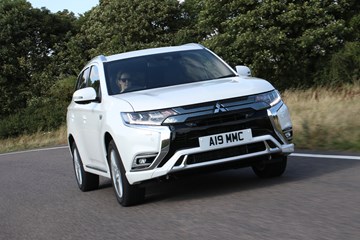 Mitsubishi Outlander receives a boost for 2019Mitsubishi has treated its plug-in hybrid SUV to a range of upgrades for 2019 and can be ordered now. With little styling changes made, you might be hard pressed to notice...
Mitsubishi Outlander receives a boost for 2019Mitsubishi has treated its plug-in hybrid SUV to a range of upgrades for 2019 and can be ordered now. With little styling changes made, you might be hard pressed to notice... -
Need more help choosing a company car?
Choosing a company car can be a tricky task: here we help unravel all the complications over company car tax, benefit-in-kind (BIK) tax and guide you through the best choices.
We help everyone from business drivers selecting a car off a choice list to smaller corporate user-choosers from smaller companies.
Company car advice and explainers
Don't forget to check out these sections if you need more help:




